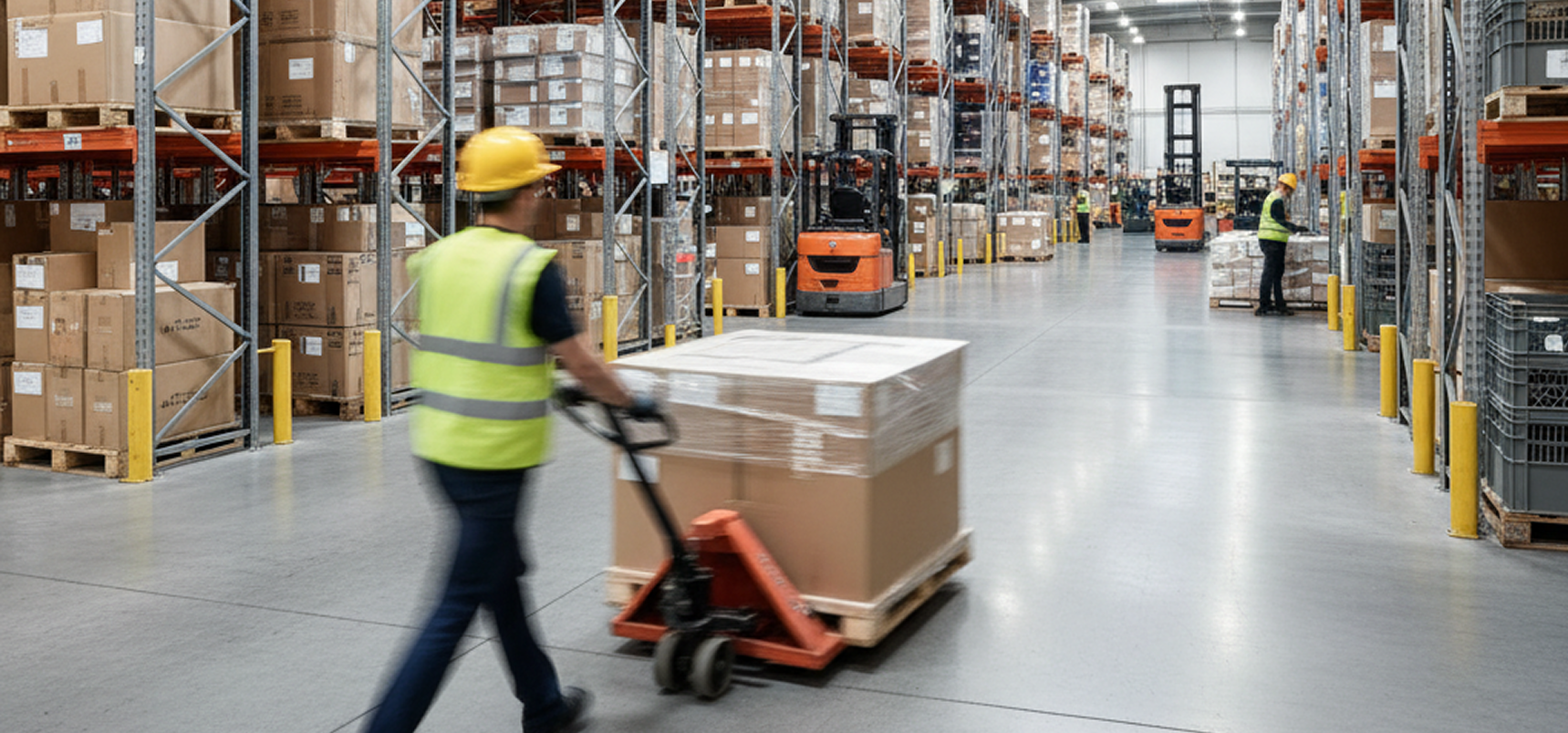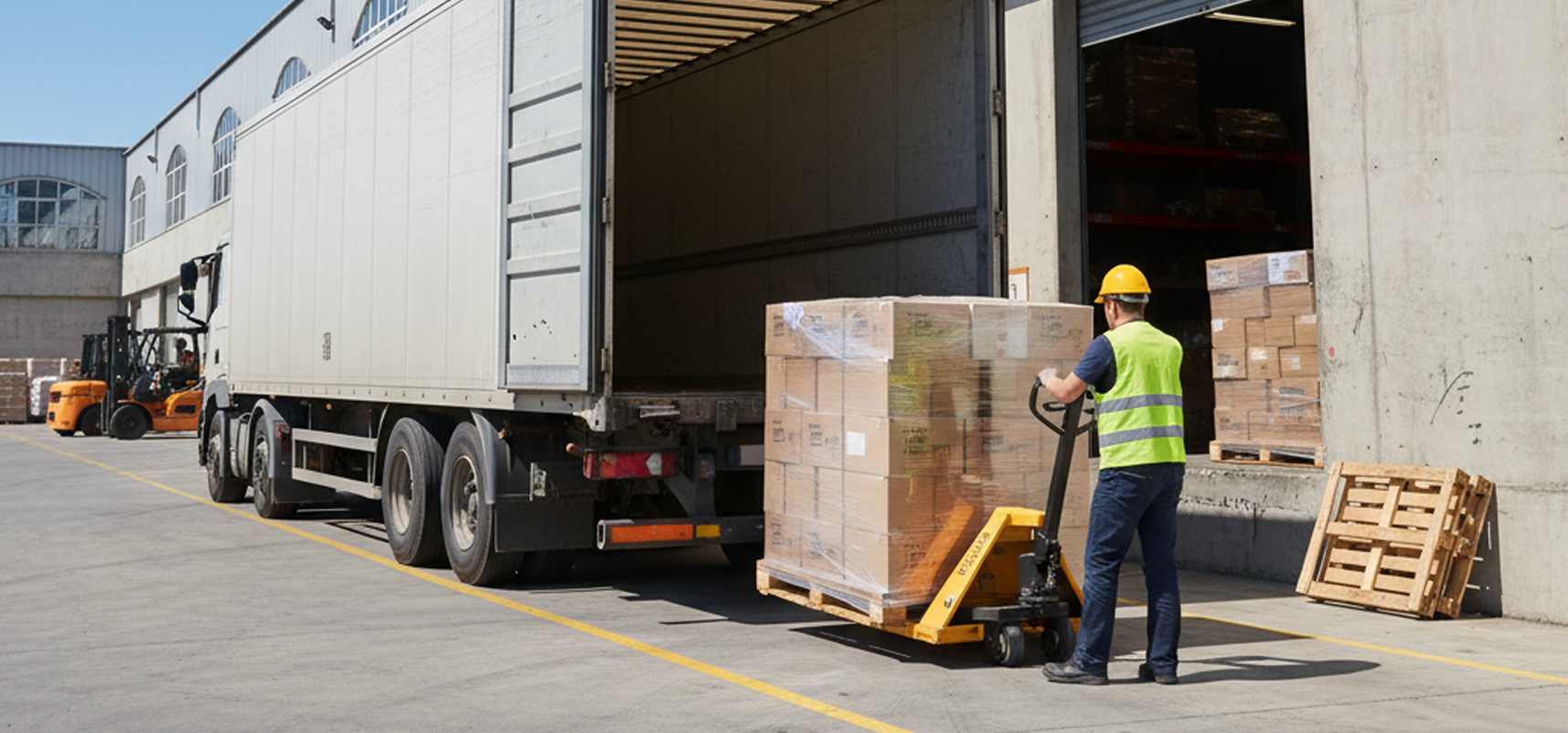Nanjing has modern, high-quality infrastructure with significant investment in smart city technologies, transportation, and sustainable urban development.
Population
Area
Density
29.7K
The projected net population growth in Nanjing for 2024 is 227,350.
69.7%
67% of Emerging Asia's population is of working age.
Key industries include electronics, new energy vehicles, biomedicine, and smart grid, with major corporations like Suning, Panda Electronics, and NARI Group playing significant roles.
Tertiary attainment among young adults aged 25-34 in OECD countries increased from 45% in 2019 to 48% in 2024, placing it among top OECD nations.
Foreign Residents
The average income for foreign residents in Nanjing is about 220 million yen with 50% earning less.
Ethnic Composition
Foreign residents in Nanjing surpassed 19,500 in 2024, making up about 0.19% of the city population, with the largest groups from South Korea, the United States, and Japan.
Over 35% of Nanjing commuters use rail transit daily, with millions traveling from suburban districts to the city center for work.
Nanjing continues to attract residents from other regions with a net inflow of 86,000 people in 2024.
21.9K
The average annual income in Nanjing is about 3.1 million yen, though more than half earn less than this amount.

17.8%
Warehouse lease rates in Nanjing typically range from ¥29 to ¥100 per square meter per month, with rates varying by warehouse class and location.
Liuhe Economic Development Zone, Jiangning Airport Hub Economic Zone, Longtan Port Logistics Hub (Qixia District), Nanjing Comprehensive Bonded Zone (Longtan), Jiangning Development Zone.
Nanjing’s last-mile delivery infrastructure features smart logistics hubs, automated parcel lockers, electric vehicles, and partnerships with local stores and property management for efficient urban parcel distribution.
Warehouse automation in Nanjing involves integrating technologies like robotics and automated storage systems to enhance logistics efficiency and reduce labor costs, as seen in NAEC's implementation of unmanned warehouse solutions.
Cold storage and specialty warehousing facilities in Nanjing offer advanced, automated, multi-temperature storage solutions for food, daily necessities, and specialty goods, supporting large-scale cold chain logistics, processing, and distribution.

Electronics, automotive, petrochemicals, steel, information technology, power, biomedicine, new energy vehicles, smart grids, financial services, tourism, and environmental protection.
Prologis, Cainiao Network (Alibaba), Yunda Express, YTO Express, Deppon Express, ANE Logistics, Nanjing Eline Supply Chain Management, Sinotrans, JIUYE Supply Chain, Realogistics.
In April, Nanjing (Jiangsu Province) recorded exports of 280.9 billion yuan and imports of 140.6 billion yuan, with the European Union and ASEAN as top trading partners.
Nanjing's supply chain resilience faces moderate challenges from China's overall ranking deterioration (regions 86-101 vs previous 70s) and increasing climate-related disruptions, though benefits from local high-tech industry development and research capabilities.
Nanjing has established comprehensive manufacturing capabilities across steel production with over 10 million tonnes annual capacity, integrated circuits with over 400 related businesses, new energy vehicles with complete production chains, and lithium battery manufacturing with planned 20 GWh capacity.
Nanjing's main industry clusters are integrated circuits, new energy vehicles, smart grid, optoelectronic displays, high-end equipment manufacturing, biomedicine, information technology, and modern logistics.
Strategic location on Yangtze River with deep water port access, strong R&D investment exceeding RMB 40 billion, comprehensive transportation infrastructure including rail and shipping connections, established industrial clusters in high-tech manufacturing and electronics, and government policy support through multiple economic development zones.
Detailed evaluation of Nanjing's infrastructure quality, investment projects, utility systems, and environmental considerations for strategic planning.
Nanjing’s infrastructure is modern, extensive, and rapidly expanding, with high-capacity transport networks, advanced public services, and strong environmental management.
Nanjing is planning major infrastructure investments in high-speed railways, subway expansion, expressways, industrial zones, technological innovation hubs, and ecological protection initiatives to support high-quality urban development and global competitiveness.
Nanjing features advanced smart grid power infrastructure, extensive underground utility tunnels, modern water systems, and comprehensive 4G/5G internet coverage provided by major telecom operators.
Key environmental factors affecting logistics in Nanjing include high greenhouse gas emissions from dense logistics activity, urban expansion causing ecological fragmentation, air and water pollution management needs, and the city’s complex terrain and monsoon climate.